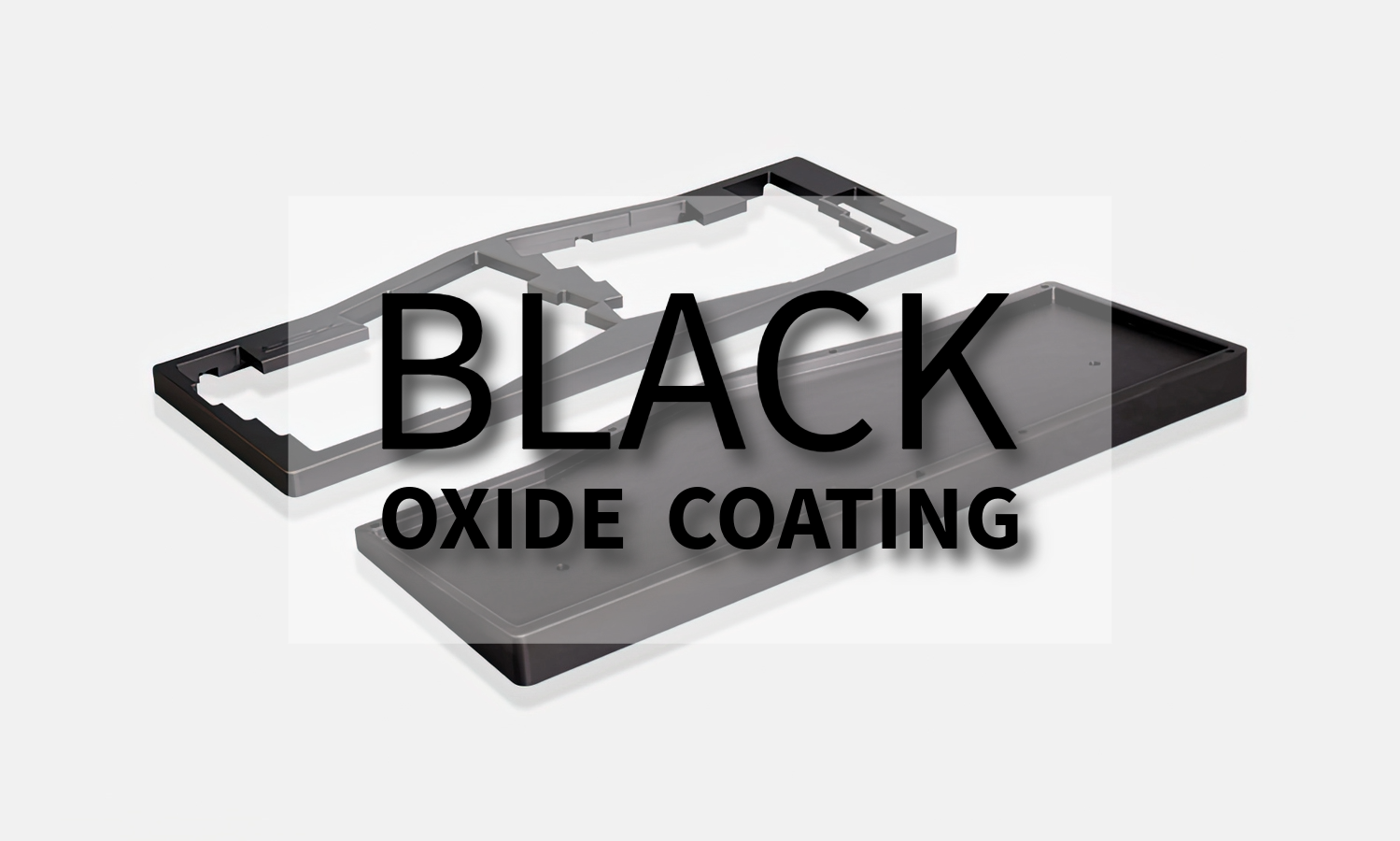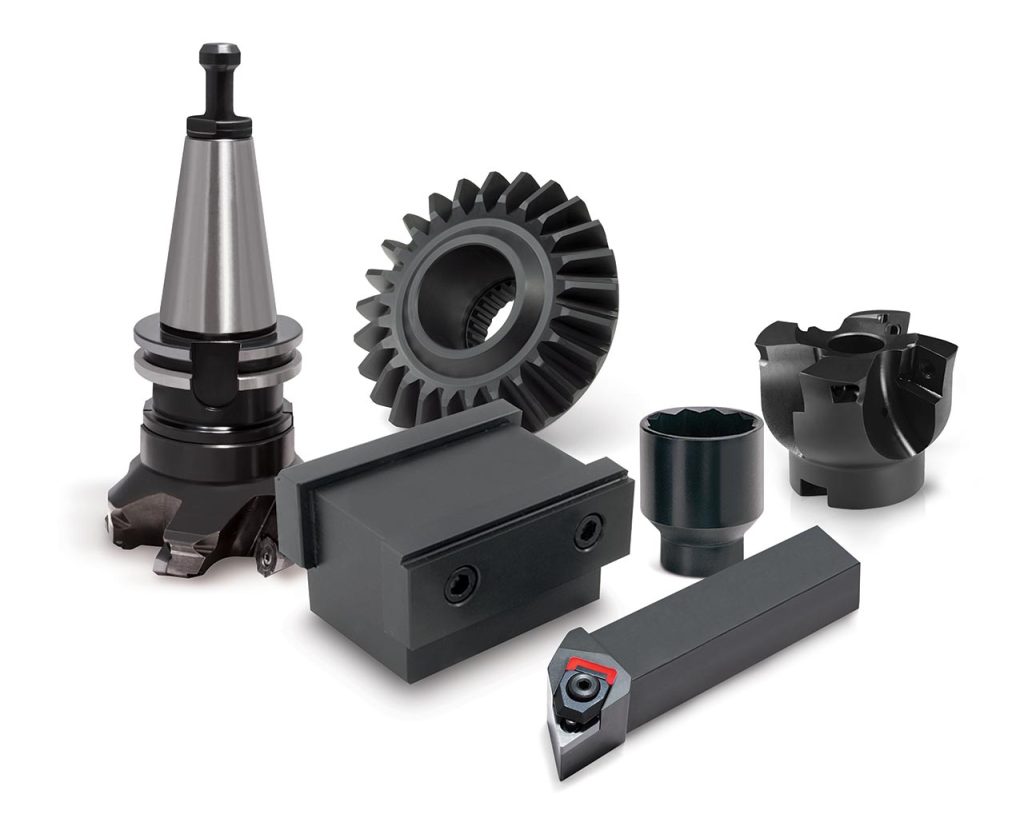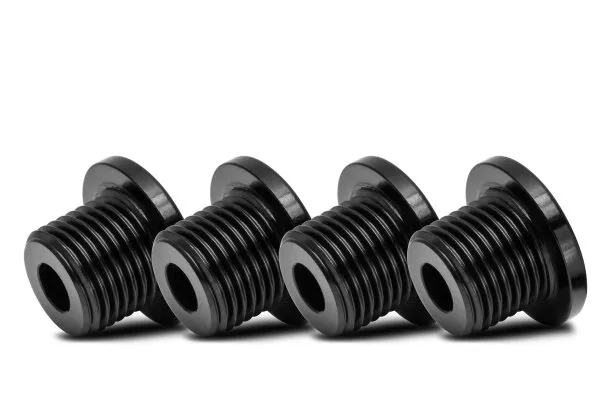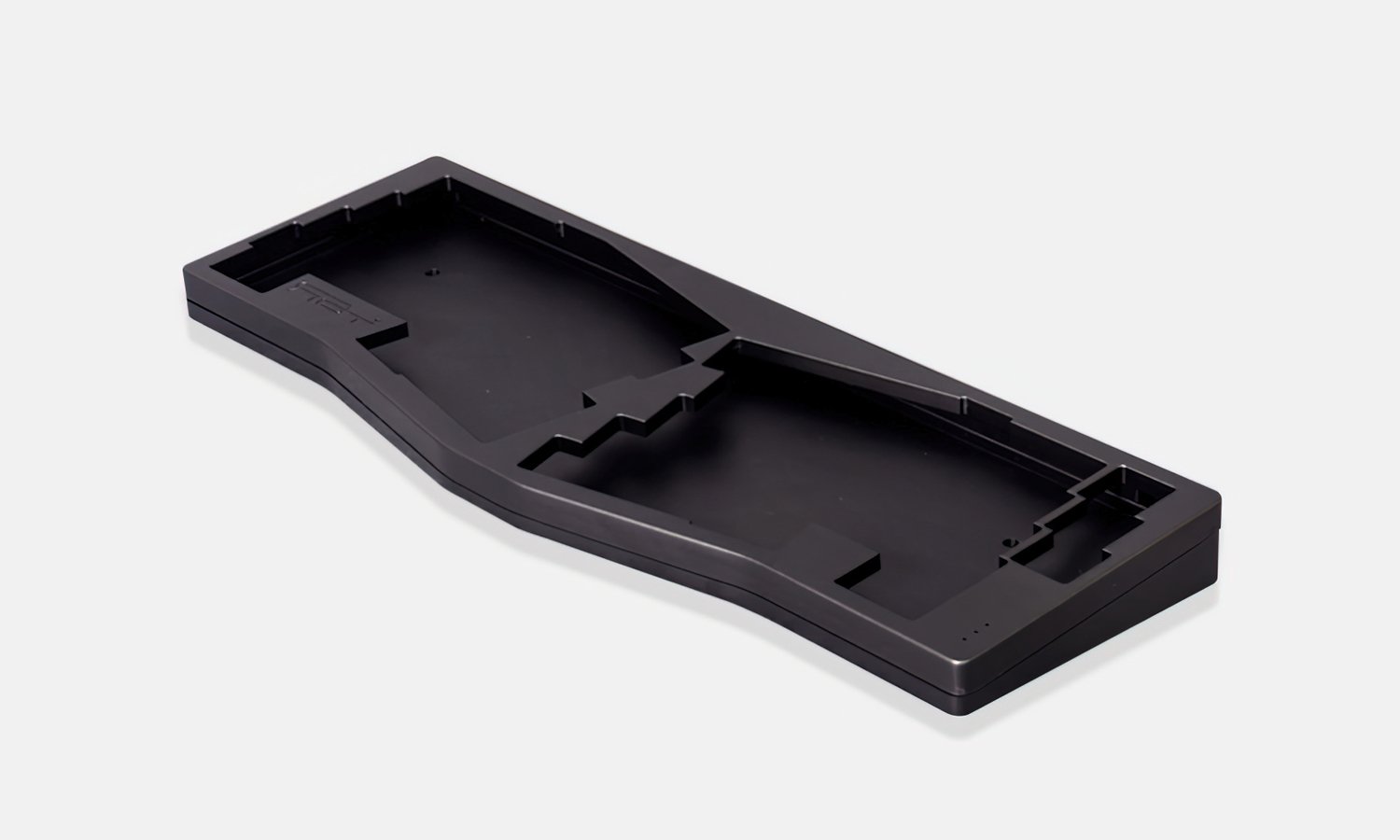Black Oxide Coating: A Comprehensive Guide

Learn about the process, benefits and applications of black oxide coating.
Introduction
This guide aim to discover the essential insights of black oxide coating, exploring its processes, benefits, and diverse applications across various industries.
Uncover how this protective finish enhances durability and appearance in metal components.
What Is Black Oxide Coating?
Black oxide coating is a process that gives metal surfaces a black, protective finish. This layer provides corrosion resistance, improves appearance, and reduces light reflection.
Types of Black Oxide
Hot Black Oxide: Best for industrial and mechanical parts, offering high durability and resistance.
Cold Black Oxide: Cost-effective for light-duty or cosmetic purposes.
Mid-Temperature Black Oxide: Safer and energy-efficient, offering similar benefits to hot black oxide.
Specialized for Alloys (Stainless, Copper, Zinc): Tailored processes for specific metal types with varying degrees of corrosion protection and appearance.

Source: birchwoodtechnologies.com
How Does Black Oxide Work?
Step 1: The metal part is dipped into a hot chemical solution. The chemicals in the solution react with the metal's surface, turning it black by creating a thin layer of iron oxide.
Step 2: The layer of rust that forms is only about 0.5 to 2.5 millionths of a meter thick. But it protects the metal underneath because it bonds strongly to the surface.
Step 3: After the black coating forms, the part is often treated with an oil or wax. This seals in the coating. It makes the surface a little slippery and protects it better from corrosion.
Where Is Black Oxide Coating Used?
Black oxide coatings are commonly used in a wide range of industries, including:
Automotive: Various metal under-hood parts like brackets, hinges and suspension bits are black oxide coated.
Machinery: Bearings, fasteners, and tools used in machinery often receive a black oxide coating to prevent rust and corrosion.
Firearms: Parts like gun frames, barrels, and bolts are often black oxide coated for corrosion protection and aesthetic purposes.
Decorative hardware: Door knobs, hinges, and locks are sometimes given a black oxide coating to enhance their appearance.
Industrial components: Machinery, valves, fittings and other metal components are often coated black for durability and appearance.

Source: madearia.com
Benefits and Limitations
While black oxide coating offers significant benefits, its performance depends on careful material selection and precise application to maximize longevity.
Benefits of Black Oxide Coating
Enhanced Corrosion Resistance: The black layer helps the metal last much longer over time. It blocks rust-causing things from reaching the metal.
Improved Appearance: The coating provides a sleek, dark finish that enhances the visual appeal of metal components.
Reduced Glare: The matte, non-reflective surface of black oxide reduces light reflection, making it great for applications where glare must be minimized.
Better Grip and Handling: Black oxide coatings provide better grip than untreated metal. It's also helpful for tools that are frequently handled, reducing the risk of slipping.
Minimal Dimensional Impact: The coating is thin, typically just a few microns thick. This means it doesn't noticeably change the size of the coated parts, making it ideal for precision components.
Limitations of Black Oxide Coating
Limited Protection in Harsh Environments: Prolonged exposure to strong chemicals or extreme conditions can wear away the protective layer.
Inconsistent Coating Quality: The coating's effectiveness can vary based on the metal's composition and the specific coating process used. This may result in slight variations in color and uniformity, requiring strict quality control.
Brittleness: The coating is rigid and can crack if the base material is bent or stressed, which reduces its protective ability.
Requires Additional Treatment for Optimal Protection: The black oxide coating often needs to be combined with oil or wax for added durability.
Limited to Certain Materials: It is best suited for ferrous metals like steel and iron. Using it on other materials like aluminum or copper may require special processes.

Materials Used with Black Oxide Coating
Black oxide coating is primarily used on ferrous metals but can also be applied to other materials. Here’s a breakdown of materials commonly treated with black oxide:
Steel
Steel is the most common material for black oxide coating.Applications: Tools, automotive parts, fasteners, and machinery components.
Iron
Iron is often used in various industrial applications.Applications: Cast iron parts, structural components, and decorative items.
Stainless Steel
Stainless Steel requires a specialized process due to its chromium content.Applications: Medical instruments, aerospace components, and kitchenware.
Copper
Black oxide can be used to enhance copper’s aesthetics and reduce tarnishing.Applications: Electrical connectors, decorative items, and plumbing fixtures.
Brass
Black oxide offers a unique finish to brass and improves its corrosion resistance.Applications: Musical instruments, fittings, and hardware.
Aluminum
Aluminum requires specialized processes as it behaves differently during black oxide treatment.Applications: Aerospace parts, automotive components, and consumer electronics.

Source: facfox.com
Zinc Alloys
Black oxide can improve appearance and provide some corrosion protection.Applications: Die-cast parts, fasteners, and hardware.
Bronze
Similar to brass, it can be treated for aesthetic and protective benefits.Applications: Marine hardware, sculptures, and bearings.
Black Oxide VS. Other Metal Coating
Here's a comparison of black oxide coating versus several other common metal coatings:
Property | Black Oxide Coating | Zinc Plating | Anodizing (Aluminum) | Galvanization | Powder Coating |
|---|---|---|---|---|---|
Material Compatibility | Ferrous metals (steel, iron) | Steel, iron, aluminum | Aluminum, titanium | Steel, iron | Various metals |
Corrosion Resistance | Moderate | Good | Excellent | Excellent | Excellent |
Aesthetic Appearance | Matte black finish | Shiny metallic finish | Range of colors | Metallic gray finish | Variety of colors and finishes |
Thickness | Very thin (few microns) | Thin (5-25 microns) | 5-25 microns | 50-100 microns | 30-100 microns |
Durability | Moderate | Moderate | High | High | Very high |
Application Method | Chemical conversion | Electroplating | Electrolytic process | Hot-dip coating | Electrostatic spray |
Flexibility | Brittle | Flexible | Rigid | Rigid | Flexible |
Cost | Generally low to moderate | Moderate | Moderate to high | Moderate | Moderate to high |
Zinc Plating
Commonly applied to steel and iron, zinc plating offers good corrosion resistance and a shiny finish.
It serves as a sacrificial layer, meaning it will corrode before the underlying metal, providing decent protection for everyday applications.
Anodizing(Aluminum)
Primarily used for aluminum, anodizing enhances corrosion resistance and can provide a variety of colors.
This process thickens the natural oxide layer on aluminum, providing strong protection and a durable finish. However, it is rigid and may not be ideal for parts that need to be flexible.
Galvanization
A robust method for protecting steel and iron through hot-dip coating in molten zinc.
It offers strong corrosion resistance and durability, making it great for outdoor use. However, it creates a thicker layer that might impact the precise dimensions of the part.
Powder Coating
It is a versatile and durable coating method for different metals, offering excellent corrosion protection and available in many colors and finishes.
The powder is electrostatically applied and cured under heat, resulting in a thick, hard finish that can be flexible or rigid depending on the formulation.
Conclusion
Black oxide coating effectively enhances the appearance and corrosion resistance of metals, especially ferrous types.
While it offers advantages like better grip and minimal dimensional change, its performance can vary based on application conditions.
Proper quality control is essential to maximize its benefits and address its limitations.
Unionfab: Your Trusted Partner for Metal Finishing
Protect your metal parts from corrosion and enhance their appearance.
Contact us today for expert metal finishing services.

